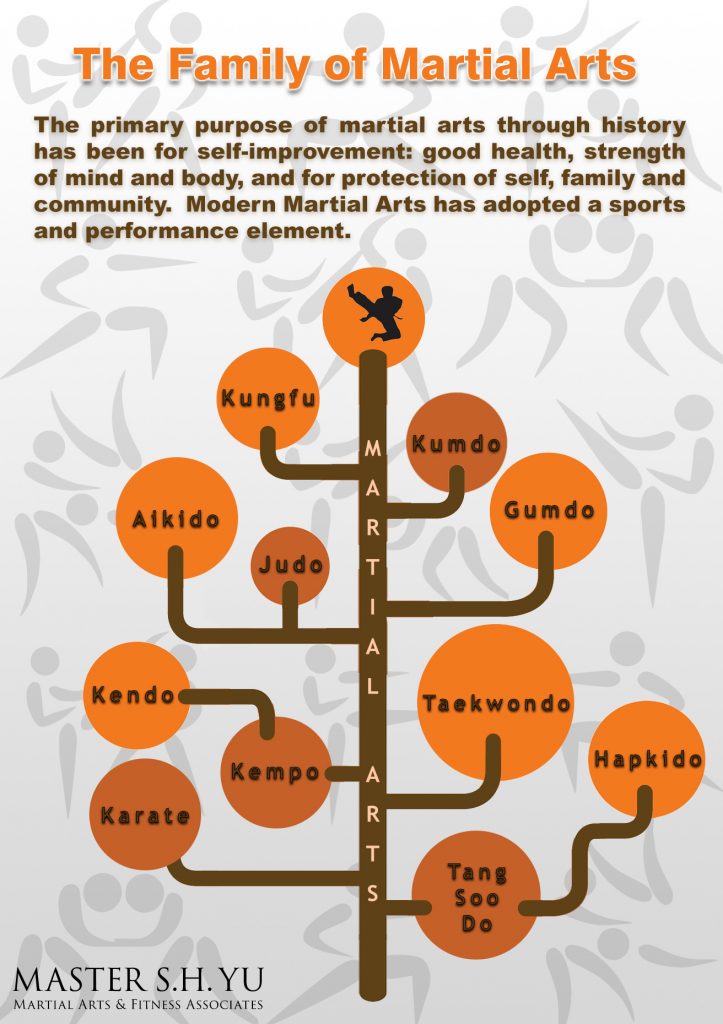Debunking The Different Fighting Style Designs: From Karate To Taekwondo
Debunking The Different Fighting Style Designs: From Karate To Taekwondo
Blog Article
Material Produce By-Magnussen Francis
Are you tired of sensation bewildered by the large world of martial arts? With a lot of styles to pick from, it can be very easy to obtain shed in a sea of strikes, kicks, and mystical names. Yet concern not!
This conversation will certainly demystify the different martial arts designs, taking you on a trip from the effective strikes of Martial arts to the dynamic kicks of Taekwondo. Prepare to discover the origins, methods, and approaches behind these ancient art forms.
So, tighten your belt and prepare to start an enlightening expedition right into the captivating globe of martial arts.
Beginnings of Martial Arts Styles
The beginnings of martial arts styles can be mapped back to old civilizations and their requirement for self-defense and combat strategies. Throughout history, various cultures established their own special approaches of combating, each with its own collection of methods and viewpoints.
In China, for instance, martial arts designs such as Martial art and Tai Chi were created as a means of protection and enhancing physical and mental wellness.
In Japan, the samurai warriors developed styles like Martial arts and Judo, concentrating on technique, accuracy, and mastery of the body.
In a similar way, in Korea, Taekwondo emerged as a fighting style stressing high kicks, fast motions, and psychological determination.
These very early civilizations laid the structure for the varied range of martial arts styles that exist today, each with its own rich history and social value.
Methods and Educating Approaches
To grasp fighting styles styles, experts have to find out various methods and training approaches.
Methods are the particular movements and actions utilized in combat, such as punches, kicks, throws, and blocks. updated blog post fighting styles styles have their very own one-of-a-kind collection of techniques that specialists need to master via rigorous training.
Educating methods vary depending on the design, but they typically involve a combination of physical fitness, drills, competing, and kinds.
Physical conditioning is essential to build toughness, adaptability, and endurance. Drills help professionals improve their strategies and improve their speed and accuracy.
Competing enables experts to exercise their methods in a regulated, practical environment. Kinds, likewise called kata, are prearranged series of activities that assist experts establish muscular tissue memory and emphasis.
Approaches and Concepts
Exploring the philosophies and concepts of fighting styles designs can give you with a much deeper understanding of your chosen technique. Each fighting style has its very own one-of-a-kind approach and set of assisting principles that form the method it's exercised.
For instance, Karate emphasizes discipline, respect, and self-constraint. https://hectorsqeyy.answerblogs.com/35233132/deciding-to-have-your-child-participate-in-a-martial-arts-program-can-significantly-enhance-their-self-confidence-and-strength-but-what-various-other-unforeseen-advantages-might-they-find educates professionals to concentrate their minds and bodies, enabling them to defend themselves while keeping a sense of inner tranquility.
On the other hand, Taekwondo places a solid emphasis on speed, dexterity, and versatility. Its principles are rooted in the tenets of courtesy, integrity, determination, self-control, and resolute spirit.
Conclusion
Now that you have actually discovered the origins, methods, and ideologies of different martial arts designs, you have a much deeper understanding of these old self-controls.
Picture a young karate trainee, exercising with steadfast decision and emphasis, breaking through boards with an effective punch.
Their trip showcases the commitment and strength needed to master a fighting style, reminding us that with self-control and willpower, anything is possible.
